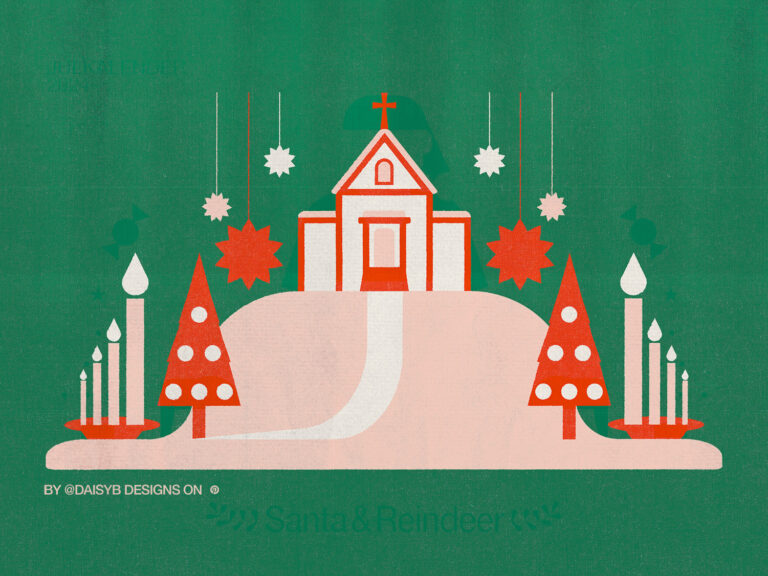Translated from Swedish by June Pelo 1982
Haymaking was the most grueling task of all summer work on farms. All grass growing on fields had to be scythed by hand, dried and brought into barns and sheds out in the fields, and then brought into the farm by sled over the snow-laden ground. Once a peasant was bitten by a snake as he tried to pluck grass by hand that he couldn’t reach with his scythe. In olden days haymaking was finished by St. Olaf’s Day, when feasts of the hay harvest were held in the villages. This custom has disappeared.
From the grasses of the field villagers took fodder for cattle, therefore food for themselves. From the ploughed field they took flax for clothing. There were 11 stages involved in the flax process:
1. Sowing
2. Reaping
3. Drying
4. Beating
5. Breaking
6. Tawing
7. Heckling
8. Spinning
9. Winding
l0. Weaving
11. Bleaching
Men and women, young and old, were involved in the preparation of flax. Men did steps 1, 2 and 5, and women took over the remainder.
Men weren’t allowed to help prepare butter and cheese. It was thought their presence disturbed the influences curdling the milk and spoiled its coagulation.
Contact with people outside the villages was rare. People living in other parishes were ‘foreigners’ and regarded with suspicion. People thinking of marriage were limited to a radius of a half dozen miles. The village was therefore a great marriage market. As a result, all the villages became inter-related. There was one night when all sexual laws of peasant society were suspended. That was the short Midsummer’s Eve. An old saying: Midsummer night is not long, but it sets many a cradle rocking.
Water is indispensable to human life. Every village had its well where they drew their water. And it was the women who carried the water on their shoulders in buckets slung from a yoke. In winter’s biting cold they had to trudge through deep snowdrifts, a circlet of icicles forming round the folds of their skirts. Slipping and stumbling on the ice, bowed against the gale, soaked by autumn rains and sweating in the summer heat, or fumbling their way through the winter darkness, they brought up their heavy buckets from the well to the cottage. In youth they walked erect. Shouldering their yoke they went with swift healthy strides down the path and came back again. But under the heavy weight of their pails, the women’s backs, as the years went by, became bent and crooked. On ever slower footsteps they went their laborious way, leaving the cottage’s warmth for the rain and cold. This brought on rheumatism, pains in the limbs and muscles. The torment fell on them. Arms and legs grew stiff. The pail hung ever more heavily from the yoke.
Slowly the young women turned into worn-out crones who bore their watery burden on trembling swollen legs and painful feet. Silent and taciturn, to and fro they went with their buckets between the well and the cottage, to the end. Calm and reticent they ended their days, and their old bodies were placed in a coffin and laid to rest. No monuments have ever been raised to their life’s-work. The men went to war to wreck other men’s lives. The women stayed home to preserve life.





